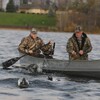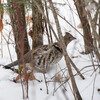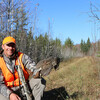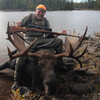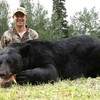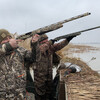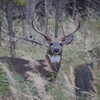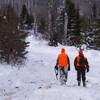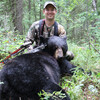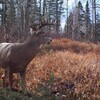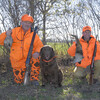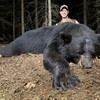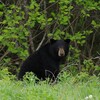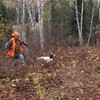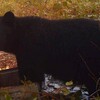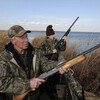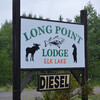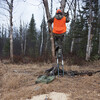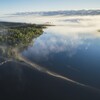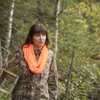
Understanding the Whitetail Rut
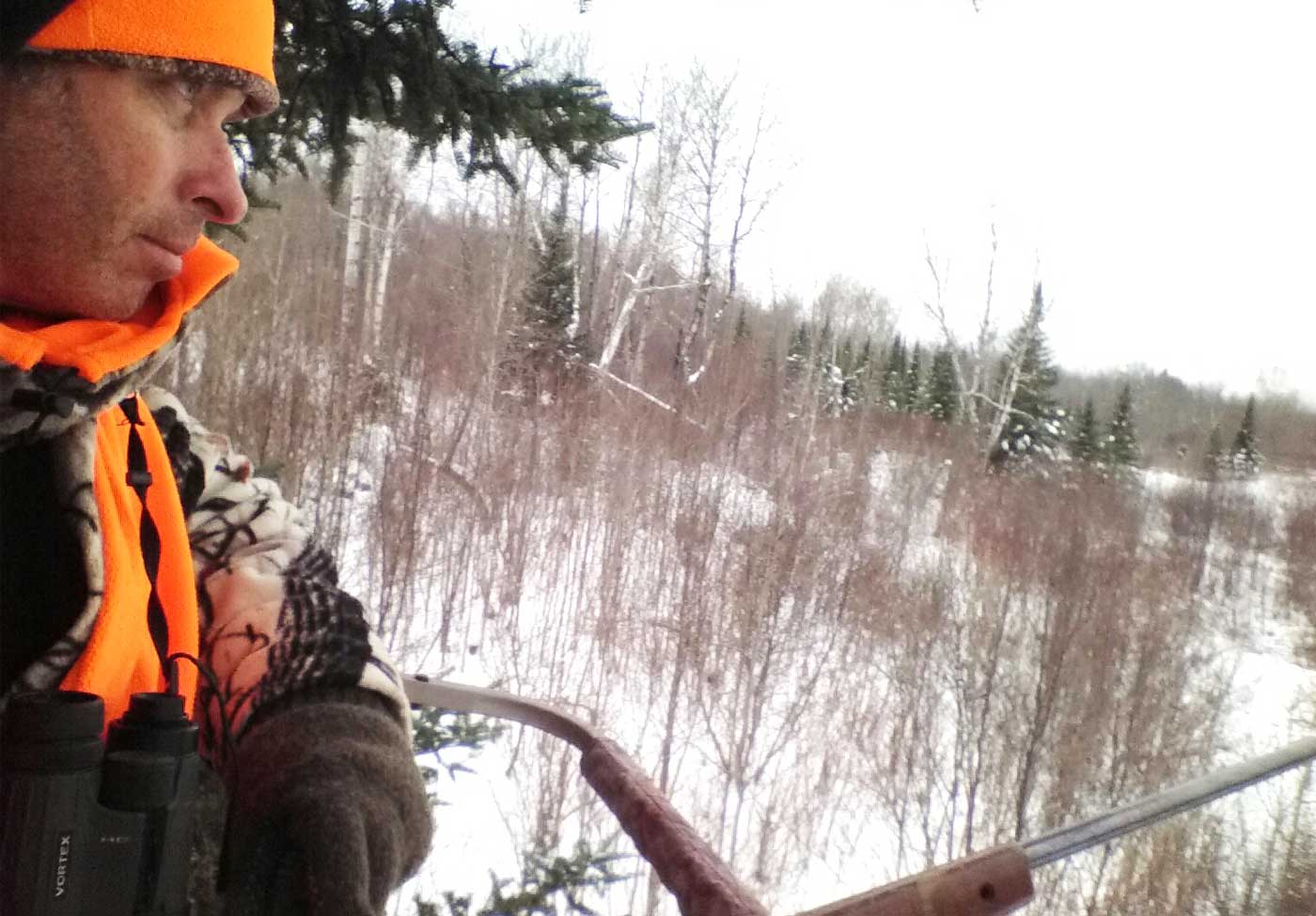
Whitetail deer require all of your hunting skills to be razor-sharp. There's little margin for error when chasing mature bucks. Understanding the hows and whys of the rut, or breeding period, for deer is a key to consistent success with bucks.
November to early December is the peak period of deer hunting in Northern Ontario. In fact, more trophy bucks are taken during this time than at any other period of the open season. The reason is simple. The deer rut gets into full gear. This is one of the rare times when wily old bucks make mistakes. The rut can expand well into December, but the first two weeks of November are key.
EARLY RUT
Deer generally don't get into full breeding activity until the early part of November, although in areas of high deer density, you'll see more evidence of the pre-rut in mid to late October. The signs of an oncoming rut are a little bit of scraping (patches of dug-up dirt or snow under evergreens), a bit of antler rubbing on trees, and a general gathering up of animals in certain habitats that they move to at this time of the year. Often, these areas are near openings or fields where the bucks can fight and tend does, the female deer.
RUBS
A rub is when the male deer rub their antlers on trees and brush. People often assume the deer are doing that to remove the velvet off their antlers, but velvet disappears off the antlers in a very short period of time. The velvet is usually all gone in a couple of days. It's believed some of the rubbing deer do is to strengthen their neck muscles. This helps them gain strength to fight with other males over territories and does. Rubs are also used as signposts. The deer have regular trails they follow, and they're rubbing trees as they go. It's unclear exactly why they do that, but all bucks do it. There's some thought that it identifies a dominant buck’s territory and is a warning to other males that they're around and to stay clear.
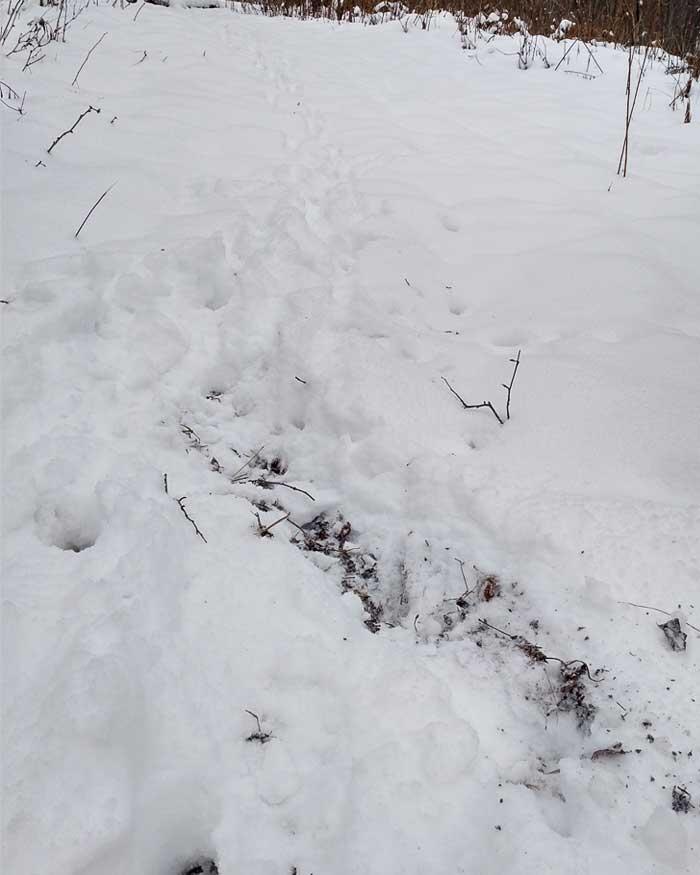
A fresh scrape in the snow made by a rutting buck. (Photo credit: Gord Ellis)
SCRAPES
During all phases of the rut, whitetail bucks scrape the ground or snow with their hooves. It's usually done under an overhanging branch, and they often urinate in the scrape as well. The scrape is a place where female deer—the doe—come and check out the males. If they're interested in a particular male, when they come into heat, they'll urinate in the scrape as well and hang around the scrape. The male will regularly check some of these scrapes, but they won't check all of them. Some scrapes are referred to as primary scrapes, and that's usually a cluster of scrapes in a line. As the females come closer to estrus, the bucks are checking the scrapes almost every hour. When they detect a doe that is very close to being in heat, they'll pick up a track and follow that doe and mate with her several times.
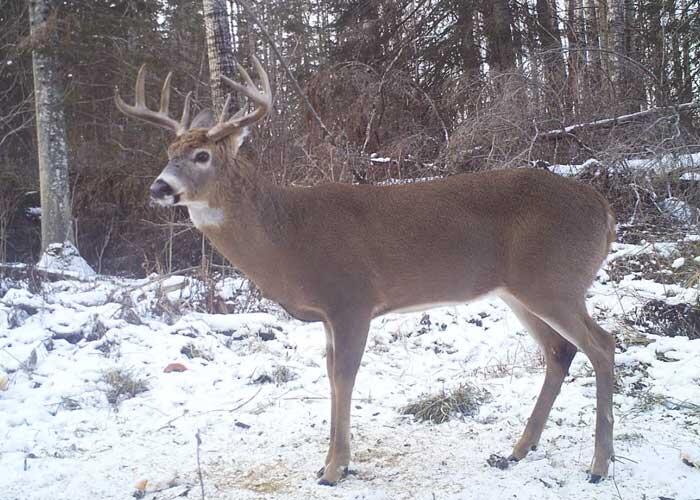
Big bucks like this dandy tend to drop their guard during the rut. (Photo credit: Gord Ellis)
DOMINANT BUCKS
In many parts of Northern Ontario, there is close to a buck available for every doe that's out there. This means that if you're a buck, there is a lot of competition for does, so there is quite a bit of dominant behaviour between males over females. This is why rattling antlers and grunting can really pay off. Dominant bucks are always trying to keep their turf free of wannabes. In places where there are many more does than bucks, the bucks are more likely to have a harem and less likely to pick a fight. Rattling with real or artificial antlers, a rattle bag, or a plastic device like the Rack n Roll can mimic a fight and call in big bucks.
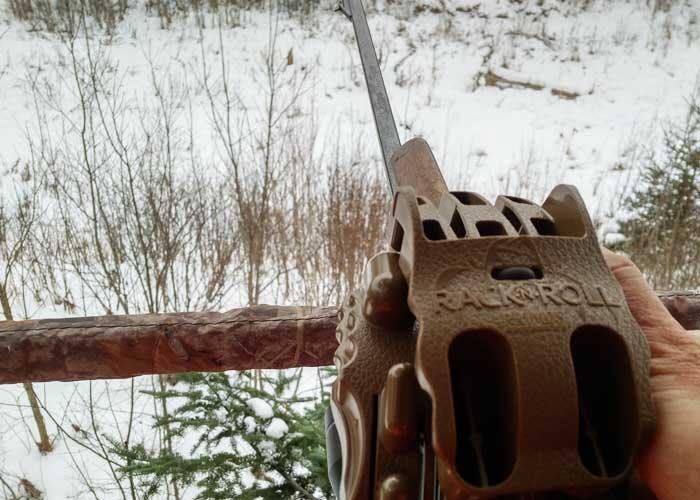
Calling bucks with devices like the Rack and Roll will attract the big boys in. (Photo credit: Gord Ellis)
DEER VOCALIZATIONS
Studies on deer habits have revealed about twenty different sounds that deer vocalize. One is the buck snort. That's a big blowing sound, and any member of the deer fraternity can do it. Deer often do this when startled, and they start blowing a loud "whoof, whoof" at you. If you've startled a deer and you're working into the wind, you can make a big blowing sound with a challenge or deer growl call, and it will think you're just another deer. It tends to calm the deer down. Grunts are also a call many bucks make, particularly when they are tending does or trying to intimidate another buck. Grunt tubes do a good job of copying the pig-like sound of a buck. Softly blowing into the grunt tube 5 or 6 times is a great tactic on those calm, cold days when bucks are on the move.
The final call worth trying is the doe bleat. A doe will make this soft, bawling sound when it's ready to be bred or looking for its fawn. Bleat cans are the most common way to make this sound. You tilt the can, and a short bleat is heard. Very effective and often a great way to get a wily old buck in closer.
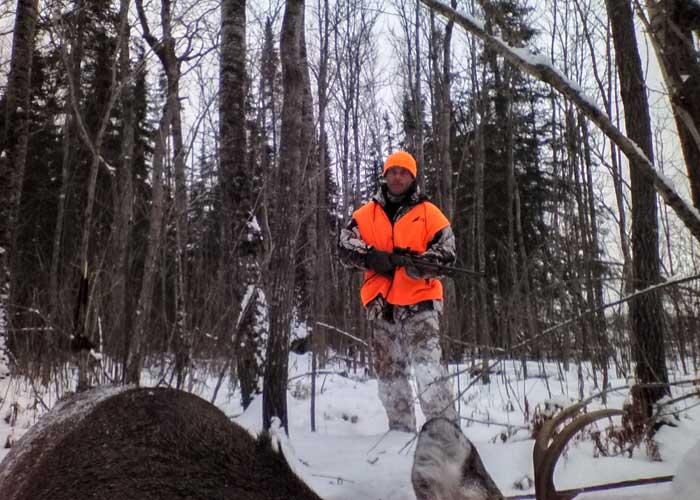
Gord Ellis with a harvested whitetail deer. (Photo credit: Gord Ellis)
The rut is like an extended Christmas for the hardcore deer hunter. Once you understand how it works, you can focus on some of the simple tactics described here to harvest that Ontario buck of a lifetime.
Recommended Articles
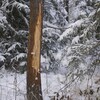
The Rut
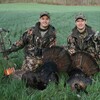
Turkey Time
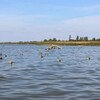
A Duck Hunting Bonanza
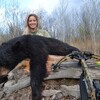
Close Encounters with Ontario Bruins
First Class Duck Hunt
Big Bucks Behavior
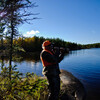
Fly-In Moose
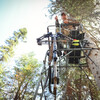
Setting up for Bear
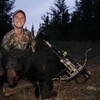
Hunting With Friends
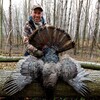
Turkey Lessons
Moose Hunt Magic
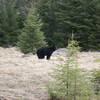
Bear Hunt Experience
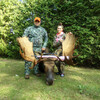
Ontario's Largest Moose by a Female
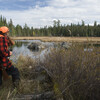
A Northern Ontario Moose Hunt
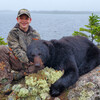
A Spring Bear Hunt to Remember
Woman River Camp & Outposts
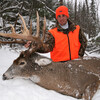
5 Reasons to Hunt in Sunset Country
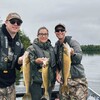
An Epic Taste of the Ontario Wilderness
Deer Hunting in Sunset Country
